Processing Manufacturing
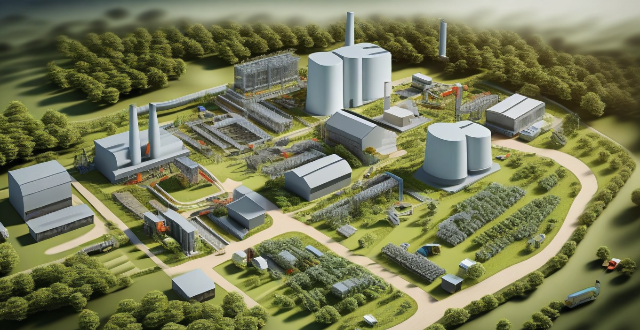
Are there any environmental concerns associated with the production and disposal of DC brushed motors ?
The article discusses the environmental concerns associated with DC brushed motors, including high energy consumption, material extraction and processing, manufacturing processes, and end-of-life disposal. It suggests potential solutions such as improved efficiency, sustainable material sourcing and processing, eco-friendly manufacturing practices, and responsible end-of-life management to mitigate their impact on the environment.
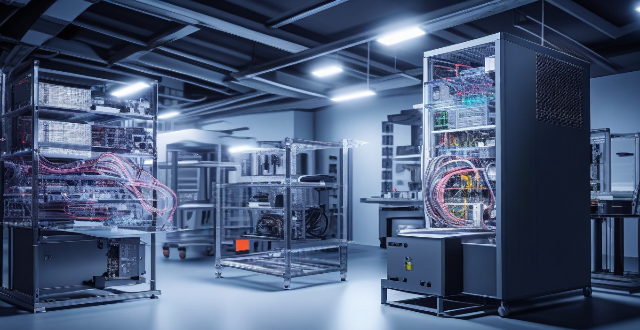
How has the adoption of Industry 4.0 technologies influenced energy efficiency in manufacturing ?
Industry 4.0 technologies significantly impact energy efficiency in manufacturing by enabling precision and optimization, data-driven decision making, resource management, promoting sustainability, and enhancing employee engagement. These advancements contribute to a future where smart manufacturing and sustainability are intertwined.

What is the impact of smart manufacturing on industrial energy consumption ?
Smart manufacturing, or Industry 4.0, is transforming industrial operations through AI, IoT, and robotics to boost efficiency and sustainability. One major benefit is its impact on reducing energy consumption in industries. This article discusses how smart manufacturing can aid in decreasing energy usage: 1. **Optimization of Production Processes**: Real-time data analytics and predictive maintenance techniques lead to less energy waste and higher efficiency. Sensors monitor equipment performance to reduce downtime and energy consumption during repairs. 2. **Automation and Robotics**: Replacing manual labor with automated machines and robots results in higher precision and consistency while minimizing energy usage. Smart technologies also enable better resource allocation for reduced energy consumption. 3. **Energy Management Systems (EMS)**: EMS are crucial for monitoring and controlling energy consumption. They provide insights into energy usage patterns, allowing companies to identify areas where energy savings can be achieved. Implementing energy-saving measures based on EMS data can significantly cut energy consumption and costs. 4. **Renewable Energy Sources**: Smart manufacturing promotes the use of renewable energy sources like solar and wind power to reduce dependence on non-renewable sources like fossil fuels. This contributes to environmental sustainability by lowering greenhouse gas emissions. Integrating smart grids into industrial facilities further optimizes energy distribution and enhances efficiency. Overall, smart manufacturing significantly impacts industrial energy consumption by optimizing production processes, incorporating automation and robotics, implementing energy management systems, and promoting renewable energy sources. These advancements not only reduce energy waste but also contribute to environmental sustainability by lowering greenhouse gas emissions.

What are the environmental impacts of electric cars ?
Electric cars, also known as EVs (Electric Vehicles), have become increasingly popular in recent years due to their potential to reduce greenhouse gas emissions and improve air quality. However, like any other technology, electric cars also have some environmental impacts that need to be considered. In this article, we will discuss the various environmental impacts of electric cars. One of the most significant environmental benefits of electric cars is their ability to reduce greenhouse gas emissions. Compared to traditional gasoline-powered vehicles, electric cars produce zero tailpipe emissions. This means that they do not release harmful pollutants such as carbon dioxide, nitrogen oxides, and particulate matter into the atmosphere. As a result, electric cars can help reduce air pollution and improve public health. The environmental impact of electric cars also depends on the source of energy used for charging them. If the electricity used to charge an electric car comes from renewable sources such as wind or solar power, then the overall environmental impact is positive. However, if the electricity comes from coal-fired power plants or other non-renewable sources, then the environmental benefits are reduced. It is essential to ensure that the electricity used for charging electric cars comes from clean and sustainable sources. The production of lithium-ion batteries used in electric cars has some environmental impacts. The mining and processing of raw materials required for battery production can lead to water pollution, soil contamination, and habitat destruction. Additionally, the disposal of spent batteries can pose challenges as they contain toxic chemicals that can harm the environment if not disposed of properly. Recycling programs and research into alternative battery technologies can help mitigate these impacts. The manufacturing process of electric cars also has some environmental impacts. The production of electric car components requires energy and resources, which can lead to greenhouse gas emissions and other forms of pollution. However, compared to traditional gasoline-powered vehicles, electric cars generally have a lower environmental impact during the manufacturing process due to their simpler design and fewer moving parts. To fully understand the environmental impacts of electric cars, it is essential to consider their entire lifecycle, including raw material extraction, manufacturing, use, and disposal. A comprehensive lifecycle analysis can help identify areas where improvements can be made to reduce the overall environmental impact of electric cars. This may include using more sustainable materials, improving energy efficiency during manufacturing, and developing better recycling programs for spent batteries. In conclusion, while electric cars offer significant environmental benefits over traditional gasoline-powered vehicles, they also have some environmental impacts that need to be considered. By addressing these issues through sustainable practices and continued research, we can maximize the positive environmental impacts of electric cars and work towards a cleaner, greener future.
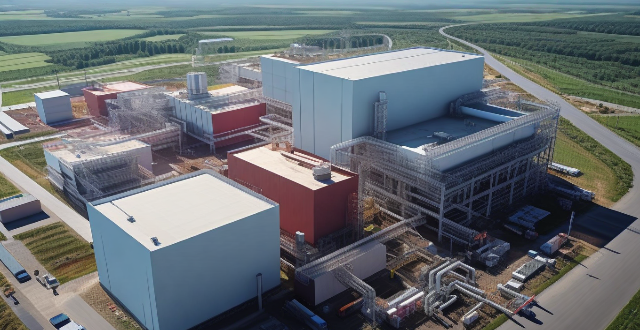
How has automation changed the manufacturing industry ?
Automation has significantly impacted the manufacturing industry by increasing productivity, reducing costs, enhancing safety, and providing flexibility. It has also led to improved data collection and analysis but has shifted labor force needs and raised environmental considerations.

How do safety regulations affect the manufacturing industry ?
Safety regulations are critical in manufacturing for worker safety, environmental protection, and product quality assurance but can increase costs and administrative burden while potentially slowing innovation.

How long does it take for a Cross-Border Payment to process ?
The processing time for cross-border payments can vary depending on several factors, including the payment method used, the countries involved, and the banks or financial institutions handling the transaction. Wire transfers typically take 1 to 5 business days, credit cards can take 3 to 7 business days, and digital wallet transactions are usually completed within 24 hours. However, these are just general guidelines and the actual processing time can vary based on the specific circumstances of each transaction.
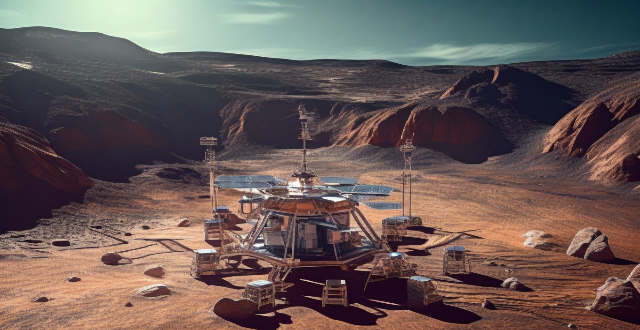
What is the role of artificial intelligence in modern rocket technology ?
The article discusses the pivotal role of Artificial Intelligence (AI) in revolutionizing various aspects of modern rocket technology. It explores how AI is transforming design and manufacturing processes, including computational fluid dynamics simulations, machine learning-driven material science, and automated manufacturing. The text also delves into AI's contributions to launch and orbital insertion, such as predictive maintenance, trajectory optimization, and real-time decision making. Furthermore, it highlights AI applications in on-orbit operations like autonomous navigation, swarm intelligence, and fault detection and recovery. The article concludes by discussing future implications of AI in deep space exploration, reusable rocketry, and collaborative robotics, emphasizing its potential to make space missions safer, more efficient, and cost-effective.
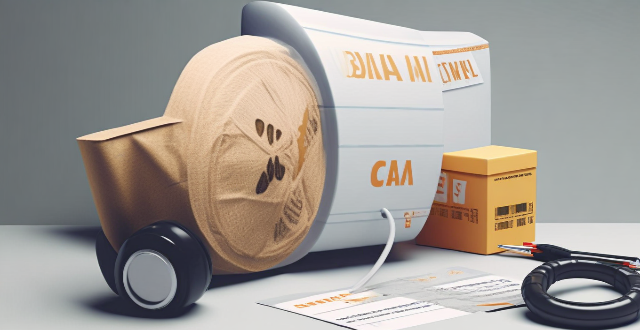
How long does it take to receive cashback from a cashback website ?
Cashback websites offer rewards for shopping at specific retailers but the time it takes to receive cashback can vary. Factors affecting processing time include the retailer's payout schedule, the cashback website's processing time, user account verification, and payment method. Tips to speed up processing include choosing a reputable cashback website, completing user account verification early, using instant payout options, and keeping track of your cashback.
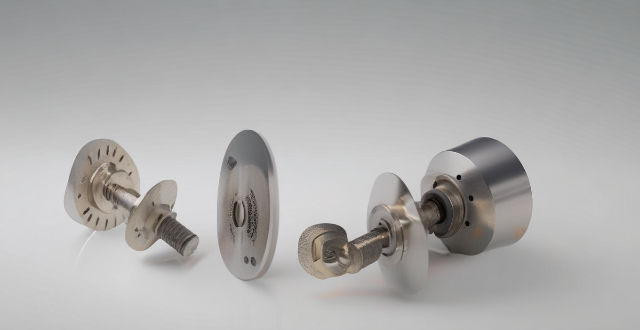
In which industries are permanent magnet motors most commonly used ?
Permanent magnet motors are utilized across a wide range of industries due to their efficiency and reliability. Key sectors include the automotive industry, where they power electric and hybrid vehicles and are used in automated manufacturing. In aerospace and defense, PM motors are crucial for aircraft systems and military applications. Appliance manufacturing benefits from PM motors in household and commercial equipment. The medical sector employs them in imaging equipment and surgical tools. Manufacturing and process control use PM motors in CNC machinery and pumps/valves. Renewable energy sectors such as wind turbines and solar tracking systems also rely on these motors. Consumer electronics, including audio and visual equipment as well as toys and hobbyist products, make use of permanent magnet motors for various functions.
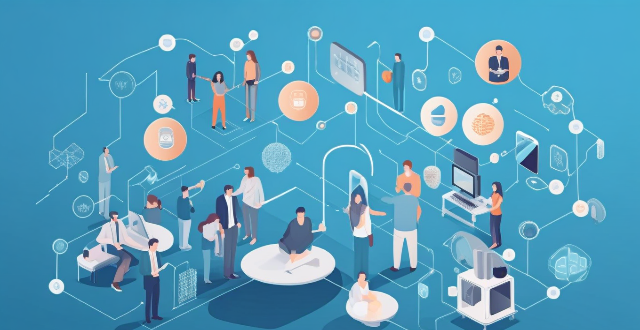
What are some real-world applications of natural language processing (NLP) in AI ?
Natural Language Processing (NLP) is a subfield of AI that deals with the interaction between computers and humans using natural language. It has numerous real-world applications in various industries such as healthcare, finance, marketing, and education. In healthcare, NLP can analyze medical records to extract relevant information and aid in drug discovery. In finance, it can perform sentiment analysis and detect fraudulent activities. In marketing, NLP can automate customer service tasks and conduct market research. In education, it can create intelligent tutoring systems and develop language learning applications. As technology advances, we can expect more innovative uses of NLP in various industries.

How can I check the status of my tourist visa application ?
Checking the status of your tourist visa application can be a nerve-wracking experience, especially when you're eagerly anticipating your travel plans. Here's a step-by-step guide to help you through the process: 1. Determine the type of visa you applied for, as different visas might have different checking procedures. 2. Locate the appropriate government website or portal dedicated to visa services where you can check the status of your application. 3. Have your application details ready, such as Application ID Number, Passport Number, and Date of Birth. 4. Enter the required details into the online system on the visa status portal. 5. Submit the form and retrieve the status of your visa application. 6. Interpret the status message, which could indicate that your application has been accepted, is under review, requires administrative processing, has been issued, or has been refused. 7. Follow up if necessary with the embassy or consulate for any delays or further action required. Additional tips include keeping track of timelines, being patient as visa processing times can vary, and staying informed about any events that might affect processing times. By following these steps, you should be able to effectively check the status of your tourist visa application and plan accordingly.

How can I make my food photos stand out on social media ?
To make food photos stand out on social media, focus on good lighting, composition, styling, angles, post-processing, captioning, and audience engagement. Natural light is preferred, harsh shadows should be avoided, and the rule of thirds applied for better composition. Styling can involve using complementary props and colors, while experimenting with different shooting angles adds variety. Post-processing should be subtle and consistent. Captions should tell a story, and relevant hashtags used. Engaging with your audience helps build community.

What are the best settings for shooting in low light conditions with an iPhone ?
This comprehensive guide provides a detailed overview of how to optimize iPhone camera settings for low-light photography, including preparation tips, specific camera settings, composition techniques, and post-processing suggestions. It emphasizes the importance of clean lens maintenance, stabilization, and the strategic use of Night mode, manual focus, exposure control, ISO adjustments, burst mode, and HDR settings. The guide also suggests looking for natural light sources, experimenting with angles, and using long exposure apps. Post-processing advice includes adjusting exposure and brightness, reducing noise, and boosting color and contrast to enhance image quality in low light conditions.

What are some examples of industries that have implemented automation successfully ?
Automation has revolutionized industries by boosting efficiency, cutting costs, and elevating productivity. Key sectors that have effectively integrated automation include: 1. **Manufacturing**: Robots enhance production speed, quality control, and cut labor expenses. Examples include car manufacturing and electronics assembly. 2. **Retail**: Automated systems improve inventory management and customer experience through self-checkout kiosks and online shopping. Amazon warehouses and large retail chains use these technologies. 3. **Healthcare**: Automation in healthcare aids in diagnostics and streamlines patient records management. Radiology and automated pharmacy dispensing are notable examples. 4. **Banking and Finance**: Automated systems expedite transaction processing and risk assessment, with algorithmic trading and chatbots being prominent applications. 5. **Agriculture**: Precision farming and harvesting machines increase efficiency in crop monitoring and harvesting. Drones for crop monitoring and automated irrigation systems are utilized.
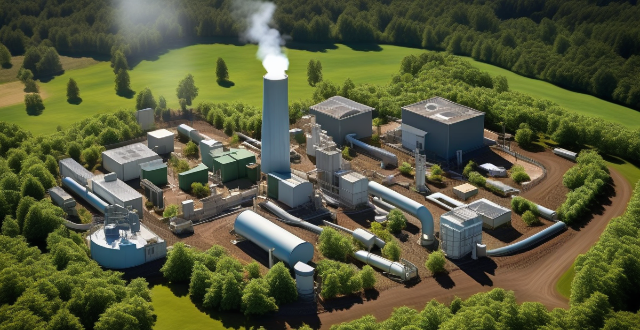
How do industrial processes contribute to greenhouse gas emissions ?
Industrial processes significantly contribute to greenhouse gas (GHG) emissions, which are a major driver of climate change. These contributions come from various sources including energy consumption, manufacturing processes, agricultural industries, construction industries, and waste management. Mitigation strategies such as improving energy efficiency, optimizing processes, implementing carbon capture and storage technologies, and enforcing policy and regulation can help reduce these emissions.
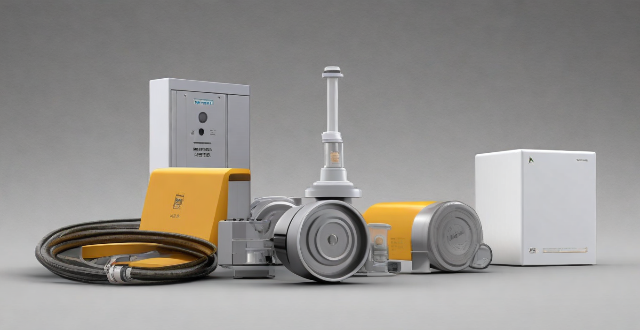
Which industries commonly use combination motor drives ?
Combination motor drives, or variable frequency drivesCombination motor drives, or variable frequency drives are electronic devices that control the or variable frequency drives (VFDs), are electronic devices that control the speed of AC electric motors. They are widely used in various industries for energy saving, control precision, and process optimization. Some sectors where combination motor drives are commonly employed include manufacturing and production industries, such as food and beverage processing, pharmaceuticals, automotive manufacturing, paper and pulp, energy and utilities, transportation and logistics, HVAC and refrigeration, textile and garment industry, pumps and compressed air systems. The adaptability and efficiency benefits of combination motor drives make them an integral part of modern industrial processes.

Is green packaging more expensive than traditional packaging ?
Green packaging, designed to reduce environmental impact, is often perceived as more expensive than traditional packaging. The cost difference arises from factors such as material and manufacturing costs, transportation and storage requirements, and marketing expenses. However, elements like increased demand, technological innovations, government policies, and consumer preferences can influence this gap. As these factors evolve, the price difference between green and traditional packaging may decrease over time.

In what scenarios is it necessary to use chemical protective measures in an industrial setting ?
Industrial settings often require chemical protective measures to ensure worker safety. These scenarios include handling hazardous chemicals, working in confined spaces, performing maintenance on chemical process equipment, disposing of hazardous waste, and emergency response to chemical incidents. Workers must wear appropriate personal protective equipment (PPE) such as gloves, aprons, goggles, and respiratory protection devices to prevent exposure to harmful chemicals. Examples of these scenarios include manufacturing processes involving strong acids or bases, tank cleaning in the petrochemical industry, repairing valves or pipes in chemical processing plants, disposal of chemical waste at landfill sites, and firefighting and rescue operations during chemical fires or explosions. By implementing these chemical protective measures in relevant industrial scenarios, employers can help safeguard their employees from potential health hazards associated with chemical exposure.

How do greenhouse gas emissions vary across different industries ?
Greenhouse gas emissions vary significantly across different industries due to the nature of their operations, energy sources used, and the level of technology employed. The largest emitters include electricity generation, transportation, manufacturing, agriculture, construction, services, and waste management. Electricity generation is one of the largest emitters of greenhouse gases, especially when powered by fossil fuels like coal, oil, and natural gas. Renewable energy sources such as wind, solar, and hydroelectric power generation have much lower emissions as they do not involve burning fossil fuels. However, there are still emissions associated with their production and installation processes. In transportation, cars, trucks, and buses that run on petrol or diesel emit CO2 and other pollutants. Electric vehicles reduce these emissions but their environmental impact depends on how the electricity used to charge them is produced. Aviation has a significant carbon footprint due to the fuel efficiency of aircraft and the altitude at which they release emissions. Maritime transport also contributes to greenhouse gas emissions through the use of heavy fuel oil in ships' engines. Iron and steel production, cement manufacturing, and chemical processing are among the heaviest emitting industries because they require high temperatures which are typically achieved through burning fossil fuels. Sectors such as textiles, electronics, and food processing generally have lower emissions than heavy industry but still contribute to the overall carbon footprint through energy consumption for machinery operation and industrial processes. Livestock farming produces methane (CH4), a potent greenhouse gas, during digestion. Manure management also leads to emissions of both CH4 and nitrous oxide (N2O). Farming practices including tillage, fertilizer use, and irrigation can result in N2O emissions and CO2 emissions from soils. The production of building materials like concrete and glass is energy-intensive and generates CO2 emissions. Additionally, deforestation for timber contributes to carbon emissions. The design and construction methods of buildings can influence their long-term energy consumption; poorly insulated buildings will require more energy for heating and cooling, leading to higher emissions over time. Emissions come from office equipment, lighting, and heating/cooling systems in office buildings. The type of energy source used for these purposes greatly affects the total emissions. Hotels and restaurants contribute to emissions through their energy use for cooking, refrigeration, and guest accommodation needs. Decomposing organic waste in landfills produces CH4, which traps more heat than CO2 over a 20-year period. Processes such as wastewater treatment and incineration also generate greenhouse gases depending on the technology and management practices used. By implementing cleaner technologies, improving energy efficiency, and shifting towards renewable energy sources, it is possible to reduce the environmental impact of various sectors and work towards a sustainable future.
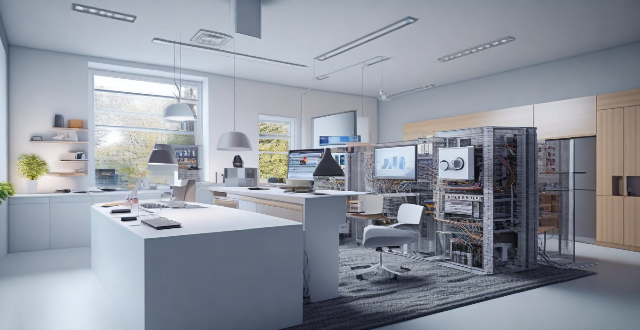
What role does artificial intelligence play in automation ?
Artificial intelligence (AI) plays a significant role in automation by enabling machines to perform tasks that typically require human intelligence, such as learning, problem-solving, and decision-making. AI technology has revolutionized the way we live and work, making it possible to automate various processes and systems. In this article, we will discuss the different ways AI is used in automation, including machine learning, natural language processing, computer vision, robotics, predictive maintenance, smart homes and buildings, and autonomous vehicles.
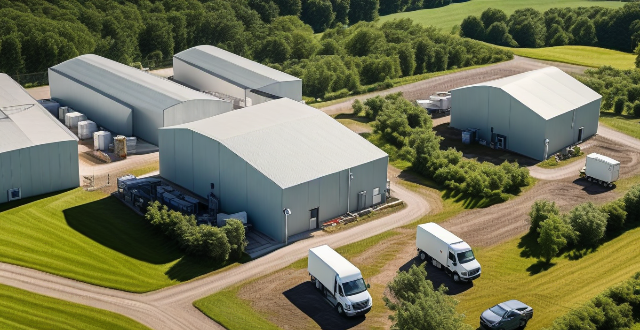
How does waste reduction affect the waste management industry ?
Waste reduction significantly impacts the waste management industry by affecting collection, transportation, processing, and disposal aspects. It leads to cost savings, optimized routes, smaller vehicles, lower energy consumption, extended landfill lifespan, increased efficiency, job losses, market opportunities, reduced greenhouse gas emissions, conservation of natural resources, improved air and water quality, increased public awareness, community engagement, and a healthier environment.

Why is it important to recycle electronic waste ?
Recycling electronic waste is crucial for environmental sustainability, public health, and economic benefits. It conserves natural resources, reduces landfill space, prevents toxicity, creates jobs, saves costs, promotes green technology, reduces exposure to toxic substances, protects biodiversity, extends product lifespan, and raises awareness. Understanding the importance of e-waste recycling can lead to informed decisions that contribute to a circular economy and a healthier planet.
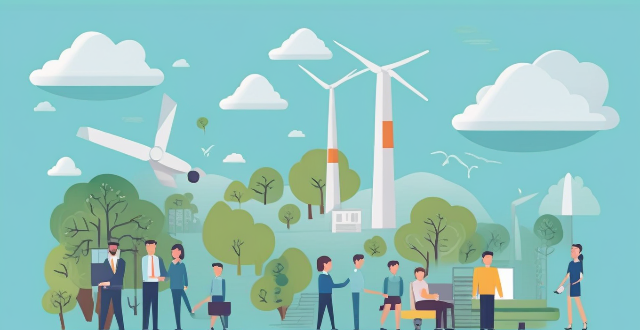
How has the Clean Energy Revolution affected the job market ?
The clean energy revolution has created new job opportunities across various sectors, including solar, wind, geothermal, hydropower, and bioenergy. The industry requires specialized skills in engineering, manufacturing, maintenance, sales, marketing, policy analysis, and advocacy. The clean energy revolution has also transformed existing industries by integrating renewable energy sources into their operations. The shift towards renewable energy sources is expected to continue, requiring individuals to acquire the necessary skills and knowledge to thrive in this rapidly evolving landscape.

How do I know if a product is truly gluten-free ?
Gluten-free products are becoming increasingly popular, but it's important to know how to identify whether a product is truly gluten-free. Here are some tips: 1. Check the Label 2. Look for Certifications 3. Read the Ingredient List 4. Be Wary of Cross-Contamination 5. Trust Reputable Brands 6. Ask Questions
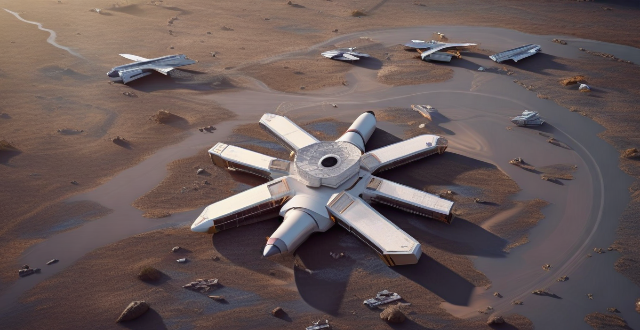
How sustainable is the commercial space industry, and what environmental concerns should be addressed ?
The commercial space industry is facing environmental concerns such as carbon emissions, space debris, natural resource depletion, and radioactive waste disposal. To address these issues, companies can adopt sustainable practices, invest in new technologies, and explore alternative materials and energy sources. By doing so, they can reduce their impact on the environment and contribute to a more sustainable future.
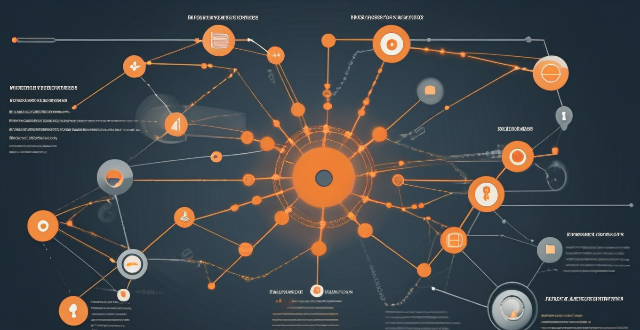
What industries will benefit the most from network slicing capabilities ?
The article discusses the concept of network slicing, a technology derived from software-defined networking (SDN) and network function virtualization (NFV), which allows the partitioning of physical networks into multiple virtual networks to optimize resource allocation according to specific service requirements. It outlines the key benefits and applications of network slicing in various sectors such as automotive, healthcare, manufacturing, energy, financial services, and entertainment and media. The conclusion highlights the potential of network slicing to revolutionize communication systems and enhance service delivery, operational efficiency, and user experience across different industries.

What are the main contributors to a carbon footprint ?
A carbon footprint is the total amount of greenhouse gases (primarily carbon dioxide) that are emitted as a result of an individual's, organization's, or product's activities. The main contributors to a carbon footprint can be broadly categorized into three sectors: household consumption, transportation, and production of goods and services. In summary, understanding these main contributors to a carbon footprint allows individuals and organizations to make more informed decisions about their consumption habits and operational practices to reduce their environmental impact.
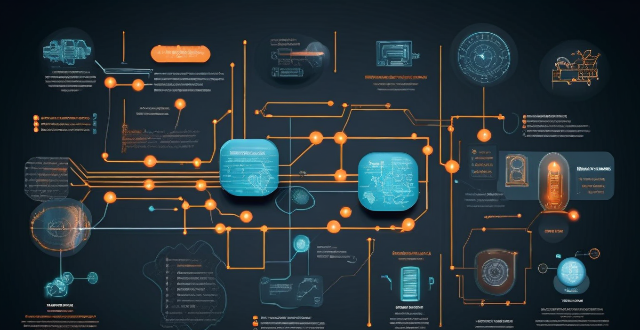
Is there any improvement in the processor of the new iPhone model ?
The new iPhone model features a faster processor with improved performance, energy efficiency, graphics capabilities, and machine learning abilities.